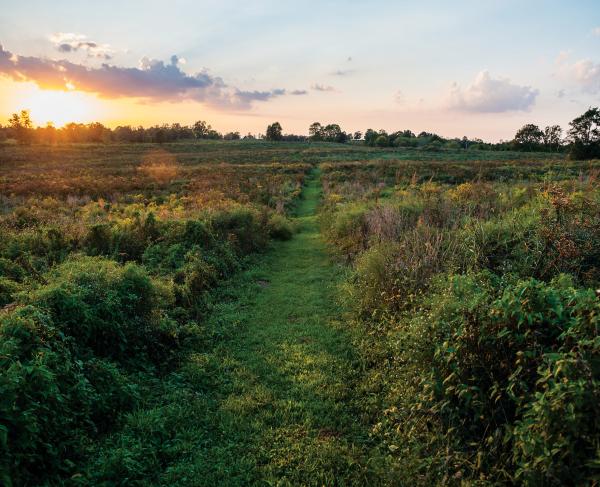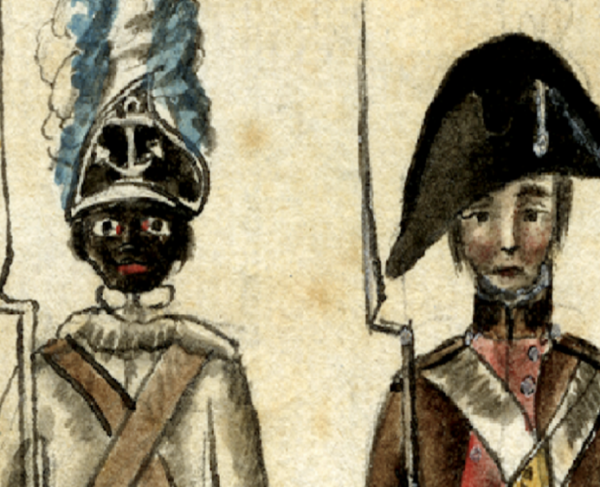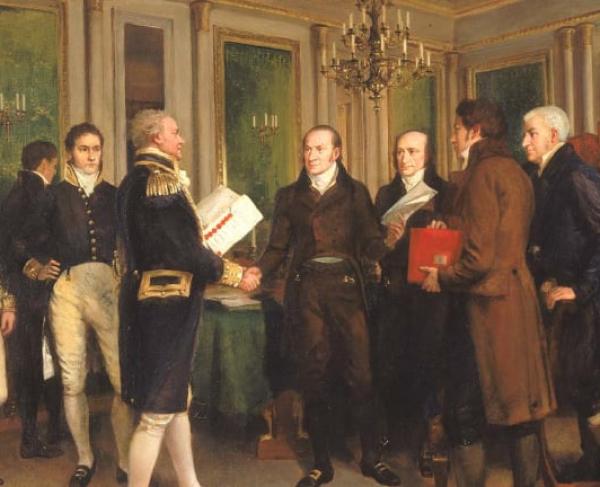The 2nd Air Defense Regiment
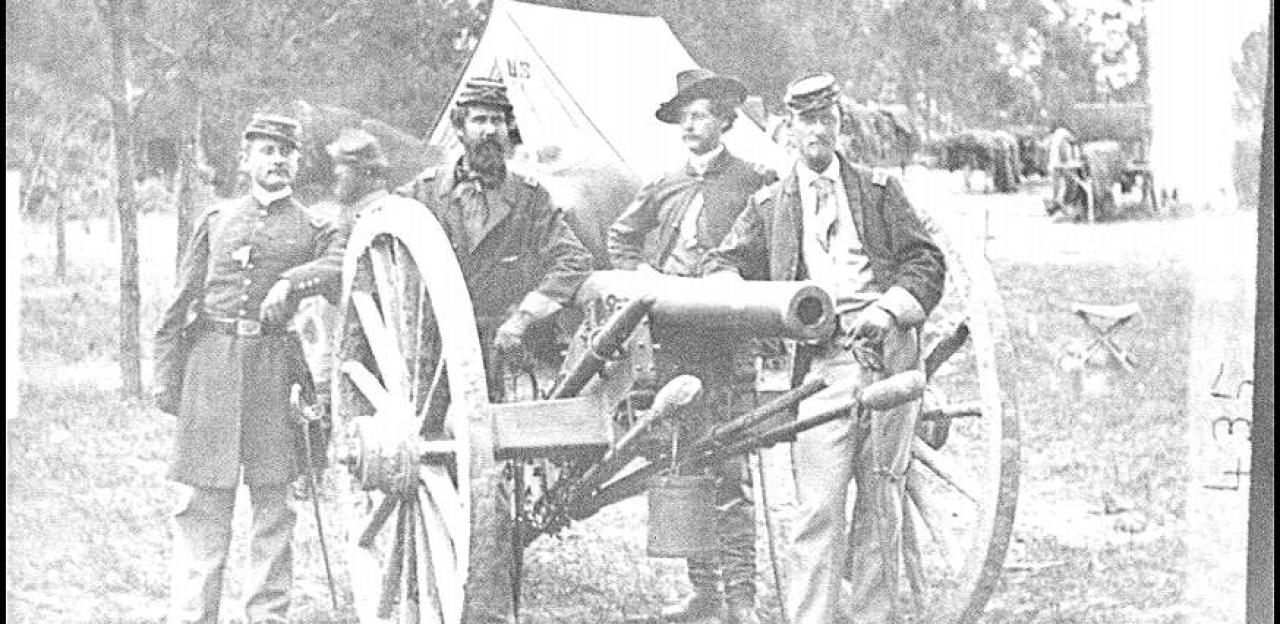
The 2nd Air Defense Artillery Regiment traces its origins to the 2nd Regiment of Artillery formed by an Act of Congress on March 21, 1821. Comprised of units from the Corps of Artillery and the Regiment of Light Artillery and the Ordinance, the new unit carried the regimental honors of the old 2nd Regiment of Artillery led by Winfield Scott in the War of 1812.
As was standard practice in the Army at this time, the unit made its main headquarters in one area, in this case, New York, and companies of the unit were assigned for service to other stations. Thus, three companies served at Ft. Monroe as part of the new Corps of Instruction for the Artillery Corps. In 1827, the regiment received orders to move south to assist in the prosecution of the Seminole Indian War and to increase garrison strength across the South during the Nullification Crisis (1832-1833).
In 1838, the regiment was reassigned to the Cherokee country in Alabama and Tennessee. After the roundup and removal of the Cherokee, the regiment transferred north to deal with U.S. sympathizers to the “Patriot War” raging in Canada on the Niagara frontier. Once the Canadian situation was stabilized, the 2nd garrisoned sundry forts where they remained until the outset of the Mexican War.
Four companies of the 2nd U.S. Artillery joined Gen. Zachary Taylor’s army at Corpus Christi, Texas, in 1845, campaigning at Matamoros, Palo Alto, and Resaca de la Palma, and were joined later by two more companies for the taking of Monterey. When Gen. Winfield Scott assumed command of the campaign, the companies repaired to the coast. The remainder of the 2nd joined them for the campaign against Vera Cruz, in which the artillery bombardment secured the reduction of Vera Cruz and its surrender. The regiment participated in all the remaining battles of the campaign, including Churubusco, Molino del Rey, and Mexico City, in which all members of the regiment fought, including the regimental band.
Following their return from the Mexican War, the regiment initially moved to various duty stations up and down the East Coast, but by 1848, the regiment’s companies were divided between duty in New Mexico and Florida. During this time, four companies from the Florida duty station deployed to Charleston, S.C. in 1850 due to feared secessionist activities, returning to Florida in 1852. The following four years saw companies of the regiment involved primarily in scouting and road building duties in Florida, as well as conflicts with the Seminole, with the light companies serving independently in the West.
In 1856, the 2nd received orders to return north to garrison duties on the company level at various forts. This was subsequently followed by the deployment of several companies west to Ft. Leavenworth, KS, and Harper’s Ferry, W.V. during the John Brown incident. In 1860, Companies D, E, and F were deployed respectively to arsenals at Fayetteville, NC, Augusta, GA, and Little Rock, AR, to protect them from seizure by secessionist forces. However, after the states’ ordinances of secession passed, all three companies surrendered their arsenals and were allowed to return north to rejoin the regiment. Light Battery M was sent from Kansas to Ft. Brown, TX, in April 1860, where at the outbreak of hostilities Gen. Daniel E. Twiggs tried to turn over all U.S. Army troops to the Confederacy. The unit managed to leave the state by way of the Gulf of Mexico with their guns, despite having to abandon their horses.
For the duration of the Civil War, the 2nd U.S. Artillery Regiment headquartered at Ft. McHenry. Before the war, the majority of the regiment served as foot batteries and siege batteries; during the Civil War all batteries were mounted, and all companies serving with the Army of the Potomac were horse artillery batteries. Company A became the first company of horse artillery in the U.S. Army and was joined by Companies B, L, and M of the 2nd, as well as Company C of the 3rd U.S. Artillery, in the formation of the famous Horse Artillery Brigade.
The Horse Artillery Brigade was considered one of the premier units of the U.S. Army during the Civil War, serving in most of the major conflicts of the Eastern Theatre. For the 2nd U.S. Artillery, Company A distinguished itself, winning prominence after opening the war in the battle of First Manassas under the command of Capt. James C. Tidball and closing the war in the battle of Appomattox Court House, in the interim participating in almost every major battle prosecuted by the Army of the Potomac. Also of note, William F. Barry and Henry J. Hunt, the successive Chiefs of Artillery of the Army of the Potomac, were veterans of the 2nd U.S. Artillery in 1861.
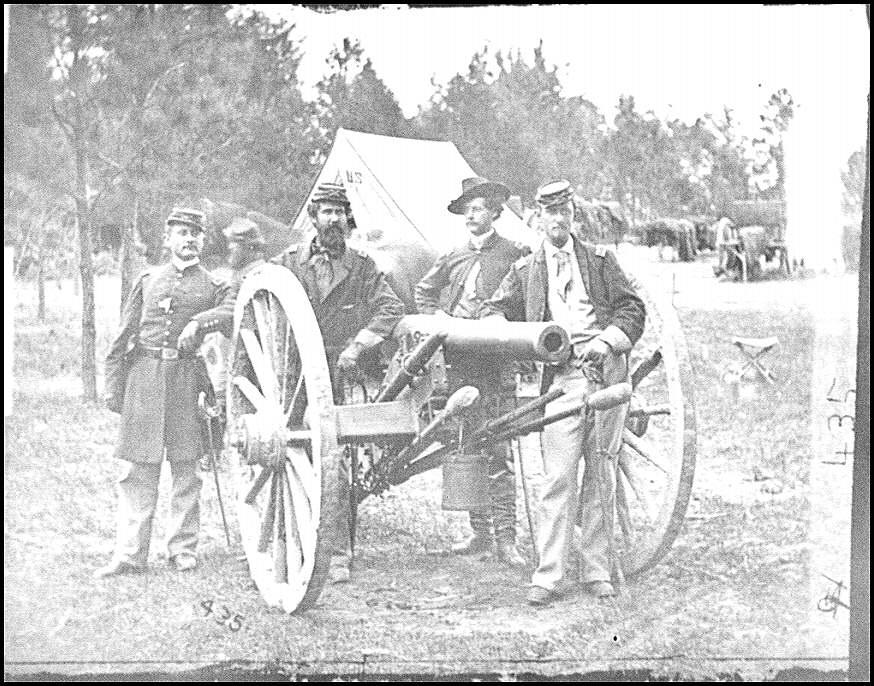
The batteries of the 2nd served primarily detached from the regimental structure, assigned individually to support U.S. Army operations in all theatres of the war. The eastern batteries participated at Bull Run, the Peninsula, Antietam, Fredericksburg, Chancellorsville, Gettysburg, the Wilderness, Spotsylvania, Cold Harbor, Petersburg, the Shenandoah Valley, campaigns in Florida in 1861-1862, Virginia campaigns (1861, 1862, 1863, 1865), the Maryland campaign in 1863, and Appomattox Court House.
At the close of the war in 1865, the 2nd U.S. Artillery Regiment was present in regimental strength and unified at Ft. McHenry before deploying to California after the purchase of Alaska from Russia. Its deployment to the West Coast meant that the regiment served again in battery-strength packets from its headquarters at the Presidio in San Francisco, with batteries up and down the Pacific Coast and at Fort Riley to establish a new artillery school.
The 2nd U.S. Artillery returned east in 1872, some batteries to headquarters at Ft. McHenry and others to North Carolina; however, in 1876 four companies deployed to Indian Territory after the Custer massacre. They returned east to rejoin the regiment after the presidential election of 1876, where most of the batteries participated in the inauguration of Pres. Rutherford B. Hayes.
The labor riots of 1877 led to batteries being assigned to the Baltimore and Ohio Railroad and to the Pennsylvania Railroad to protect property and maintain open roads. A battalion of the regiment moved to Carlisle Barracks to reestablish that post but had to abandon the effort due to labor disputes in the coal regions of eastern Pennsylvania, which were most likely related to unionization efforts and the execution of Irish miners known as the Molly Maguires. The battalion then deployed to Texas ahead of what appeared to be another brewing conflict with Mexico. A battery was stationed at Washington, D.C., others at the Canadian border, in Arkansas, and at Leavenworth. After the assassination of President James Garfield by Charles Guiteau, the regiment furnished guards for the White House, and a detachment later accompanied his remains to Ohio.
The late 1800s saw the 2nd U.S. Infantry scattered across the Southern states in garrison duties, as well as in the West, furnishing garrisons for five posts and batteries for another two. The regiment was broken up in February 1901, and its elements reassigned as separate numbered companies and batteries in the Artillery Corps. Units saw no service in World War I. However, the companies were reconstituted in July 1924 into the regular Army and named the 2nd Coast Artillery, with companies B, C, D, E, H, I, K, and L carrying the lineage and designations of their corresponding batteries in the 1821 organization of the 2nd U.S. Artillery Regiment.
In the years preceding World War II, batteries served in the Panama Canal Zone and at Ft. Monroe, VA. After the U.S. joined the war, batteries of the 2nd Coast Artillery served on the Atlantic Coast. In the fall of 1944, the regiment was broken up and batteries reassigned to two battalions, the 2nd, and 175th Coastal Battalions. Additionally, companies were assigned to the 434th and 795th Antiaircraft Artillery Automatic Weapons Battalions, which served in England and campaigns in Africa, Italy, France, Germany and Central Europe.
As artillery doctrine developed over the next 40 years, the units were reconstituted in the regular Army and named the 2nd and 12th Antiaircraft Artillery Battalions, and the 42nd Antiaircraft Artillery Automatic Weapons Battalion (9th Infantry). After 1950, a series of changes led to the 2nd Battalion being assigned to 1st Armored Division, the 12th Battalion being assigned to Ft. Hancock, NJ, and the 42nd being relieved of assignment to the 9th Infantry and deactivated at Ft. Carson, CO.
In 1961, the three battalions then combined with the 2nd Field Artillery Battalion being redesignated as the 2nd Artillery, a regiment under the Combat Arms Regimental System. The regiment participated in the Vietnam War, operating in multiple counteroffensive operations.
In 1971, the regiment underwent yet another reorganization, losing the former 2nd Field Artillery Battalion, and being redesignated the 2nd Air Defense Artillery, while the other battalion became the 2nd Field Artillery, both under the Combat Arms Regimental System, with now separate lineages. The 2nd ADA was assigned to Ft. Bliss and served multiple tours in Korea.
In 1989, the 2nd Air Defense Artillery was withdrawn from the Combat Arms Regimental System and reorganized under the United States Regimental Army System and reactivated. 1st Battalion activated at Ft. Stewart, GA, and participated in the liberation and defense of Kuwait. 3rd Battalion activated at Ft. Bliss, TX, as one of 2 PATRIOT Battalions assigned to 31st ADA Brigade, and participated in Operation Iraqi Freedom. 5th Battalion activated in Germany in the 1990s. However, of the five battalions of the 2nd Air Defense Artillery Regiment, only the 3rd Battalion is actively serving as of 2017, comprised of A, B and D Batteries.
The American Battlefield Trust has been instrumental in helping to preserve the following battlefields where the 2nd U.S. Artillery (current 2nd ADA) Regiment fought: Antietam, Gettysburg, Malvern Hill, Resaca, Shepherdstown, South Mountain, and Wilson’s Creek. The Trust is currently engaged in preservation efforts at the following battlefields where the 2nd fought: Appomattox, Brandy Station, Cedar Creek, Fredericksburg, Second Manassas, and Trevilian Station.

